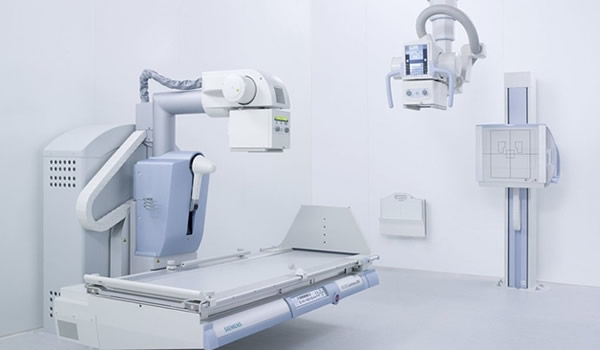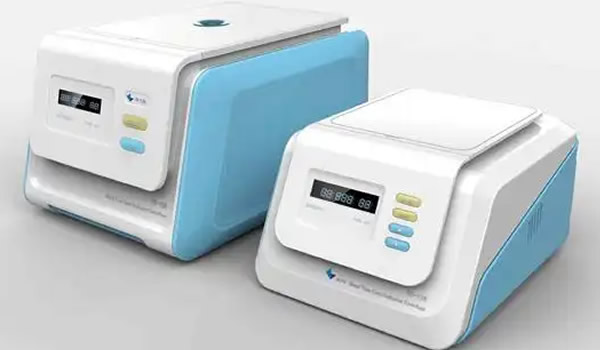Cancer rates are rising rapidly across Asia. This article highlights the latest breakthroughs in oncology treatments, prevention strategies, and the top cancer care centers in the region.

Cancer has become one of the most pressing health challenges across Asia, where it is now the second leading cause of death. The combination of aging populations, lifestyle changes, and environmental factors has led to a surge in cancer cases, with breast, lung, colorectal, and liver cancers being the most common.
Rising Cancer Burden
The incidence of cancer varies significantly between regions. East Asia reports high rates of stomach and liver cancers, often linked to dietary factors and hepatitis infections. South Asia shows increasing breast and cervical cancer cases due to limited screening and awareness. In more developed regions like Singapore, Japan, and South Korea, cancers related to aging—such as colorectal and prostate—are more prevalent.
The economic burden is immense, not only on healthcare systems but also on families. Many patients delay treatment due to financial constraints, which worsens outcomes.

Breakthrough Treatments in Oncology
Recent years have witnessed remarkable advances in cancer therapy:
- Immunotherapy: Treatments such as checkpoint inhibitors (Keytruda, Opdivo) have revolutionized outcomes for melanoma, lung cancer, and more.
- CAR-T Therapy: Personalized cell therapy is now available in select centers in China, Singapore, and Japan.
- Targeted Therapy: Drugs targeting specific mutations (EGFR, HER2) are widely used in Asia for lung and breast cancers.
- Proton Beam Therapy: Offering precise radiation with minimal side effects, available in Japan and South Korea.
- Liquid Biopsies: Non-invasive blood tests for early cancer detection are being researched across Asia.
Preventive and Screening Programs
Prevention remains critical. Vaccination programs against HPV and Hepatitis B are reducing cervical and liver cancer cases, respectively. Screening programs for breast cancer (mammography), cervical cancer (Pap smear), and colorectal cancer are expanding, though coverage is uneven across Asia.

Top Cancer Care Centers in Asia
Several hospitals stand out as leaders in oncology care:
- National Cancer Centre Singapore
- Tata Memorial Hospital, India
- National Cancer Center, Japan
- Seoul National University Hospital, South Korea
- Peking Union Medical College Hospital, China
These institutions combine research, clinical care, and global collaborations to deliver world-class oncology treatment.
Integrative Cancer Care
Many patients in Asia also turn to integrative therapies—nutrition, acupuncture, meditation—to complement traditional treatments. While evidence varies, such approaches can improve quality of life and reduce treatment side effects.

Conclusion
Cancer care in Asia is undergoing rapid transformation. Advances in immunotherapy, targeted therapy, and early screening are giving new hope to patients. With world-class cancer centers leading the way, Asia is positioned to become a global leader in oncology innovation. The challenge remains ensuring equal access to these breakthroughs across all socioeconomic levels.
cancer treatment Asia, oncology breakthroughs, cancer hospitals Asia